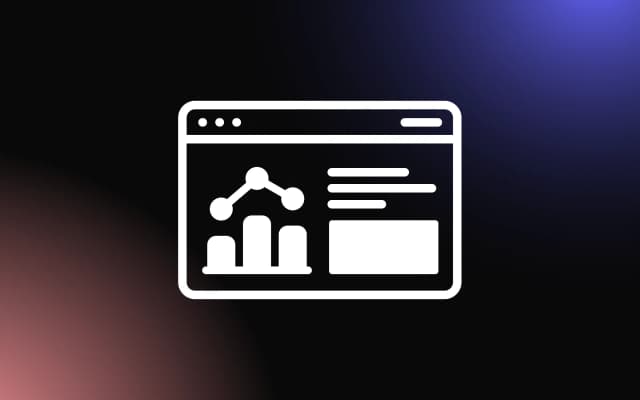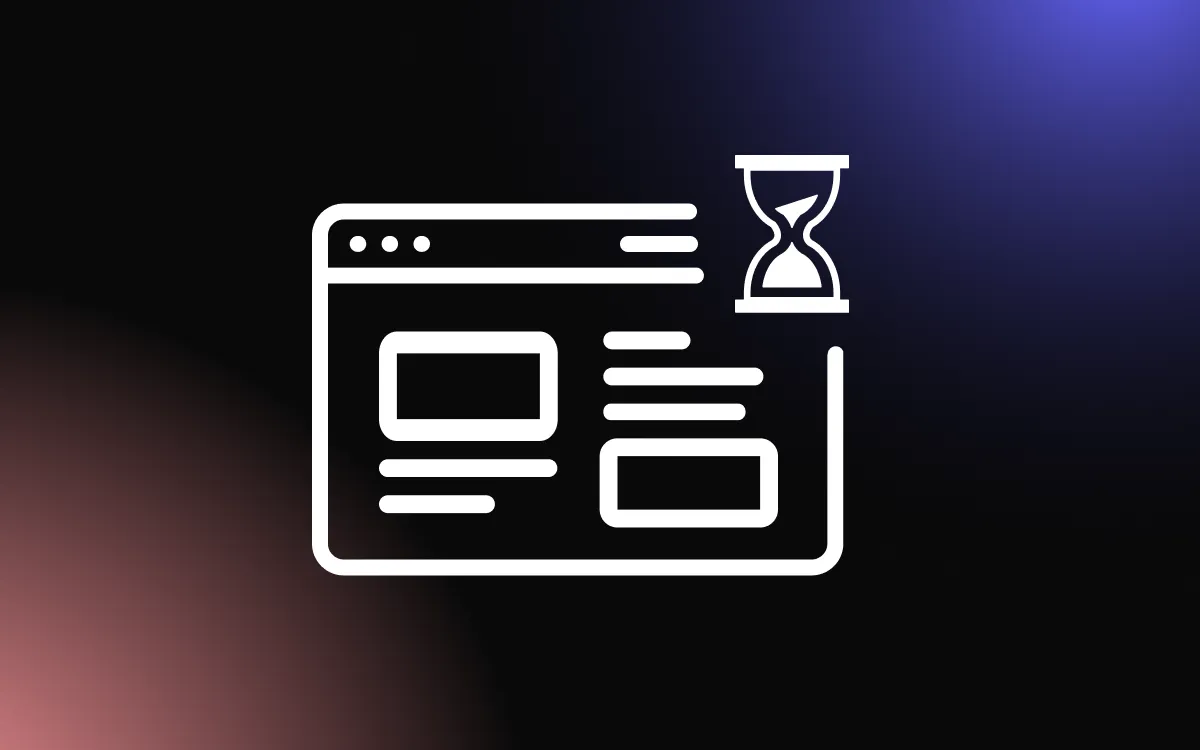
In the world of online engagement, reward systems have emerged as a powerful tool to motivate users, foster loyalty, and enhance overall user experience. Whether it's a simple point system, exclusive content, or special discounts, rewards can incentivize users to engage more deeply with your website.
However, designing and implementing an effective online reward system requires careful planning and strategic thinking. This guide aims to walk you through the process, highlighting common mistakes to avoid and providing practical tips to create a rewarding experience for your users.
Understanding the Importance of a Reward System

Reward systems are a powerful tool that can motivate desired behaviors, foster engagement, and enhance the overall user experience. This is as true for websites as it is for any other context. Let's delve into what a reward system is and why it's important for websites.
What is a Reward System?
A reward system is a mechanism that provides positive reinforcement in response to desired behaviors. In the context of a website, this could involve rewarding users for actions like making a purchase, completing a survey, referring a friend, or simply engaging with content.
Reward systems, deeply rooted in the principles of behavioral psychology, play a pivotal role in shaping user behavior and building habits. The concept revolves around providing a positive reinforcement, or a reward, to encourage users to repeat certain behaviors.
These rewards can take various forms, ranging from points and badges to discounts and exclusive content. By consistently rewarding these actions, we can effectively guide users towards desirable habits over time.
Why is a Reward System Important for Websites?
Reward systems can play a crucial role in enhancing the user experience and driving engagement on websites. Here's why:
- Motivation: Rewards provide an incentive for users to engage with your site. Whether it's earning points for making a purchase or unlocking exclusive content for completing a challenge, rewards can motivate users to take action.
- Engagement: By encouraging repeated behaviors, reward systems can foster deeper engagement with your site. Users who are working towards a reward are likely to spend more time on your site, engage with more content, and return more frequently.
- Loyalty: Reward systems can also help build loyalty. When users are rewarded for their actions, they feel valued and appreciated. This can strengthen their connection to your site and make them more likely to return.
- Virality: Finally, reward systems can drive virality. Users who earn rewards are often eager to share their achievements with others, spreading the word about your site and attracting new users.
Key Elements of an Effective Online Reward System
Creating an effective online reward system requires careful planning and execution. Here are some key elements to consider when designing a reward system for your website:
Aligning Rewards with User Engagement Goals
The first step in designing an effective reward system is to clearly define your user engagement goals. What actions do you want to encourage on your website? This could be anything from making a purchase to sharing content on social media.
Once you've defined your goals, you can design rewards that incentivize these specific actions. For example, if your goal is to encourage users to make more purchases, you might offer a discount code as a reward. If your goal is to increase social sharing, you might reward users with exclusive content when they share your posts.
Ensuring Fairness and Transparency in Digital Rewards
Fairness and transparency are crucial for any reward system. Users need to understand how the system works, what they need to do to earn rewards, and how rewards are distributed.
Make sure your reward system is clearly explained on your website, and that the rules are fair and transparent. Avoid changing the rules without notice, as this can lead to frustration and disengagement. Also, ensure that rewards are distributed fairly and promptly. Delays or inconsistencies in reward distribution can undermine trust in your system.
Personalization and Flexibility in Online Rewards
Finally, consider personalization and flexibility in your reward system. Not all users are motivated by the same rewards, so offering a variety of rewards can help engage a wider range of users.
For example, some users might be motivated by discounts, while others might prefer exclusive content or early access to new products. Personalizing rewards based on user preferences and behavior can make your reward system more engaging and effective.
Additionally, consider offering flexible rewards that users can choose based on their preferences. For example, you might offer a choice between a discount, a free gift, or bonus points. This gives users a sense of control and makes the reward system more appealing.
Steps to Implement a Reward System on Your Website

Implementing a reward system on your website can be a powerful way to drive user engagement and loyalty. Here's a step-by-step guide on how to do it:
Step 1: Define the Purpose of the Online Reward System
The first step in implementing a reward system is to define its purpose. What do you hope to achieve with your reward system?
This could be anything from increasing user engagement, boosting sales, encouraging social sharing, or improving user retention. Having a clear purpose will guide your decisions as you design and implement your reward system.
Step 2: Identify Rewardable User Actions
Next, identify the user actions that you want to reward. These should be actions that align with your purpose and contribute to your overall goals.
For example, if your goal is to increase user engagement, you might reward actions like commenting on a post, sharing content, or completing a profile. If your goal is to boost sales, you might reward actions like making a purchase or referring a friend.
Step 3: Choose Appropriate Digital Rewards
Once you've identified the actions you want to reward, you need to choose appropriate rewards. The best rewards are those that are valuable to your users and motivate them to take the desired actions.
This could be anything from discount codes and free products to exclusive content or early access to new features. Remember, different users may be motivated by different rewards, so consider offering a variety of rewards to appeal to a wide range of users.
Step 4: Communicate the Reward System to Users
After you've designed your reward system, it's important to communicate it to your users. Make sure your users understand how the system works, what actions are rewarded, and what rewards are available.
This information should be clearly communicated on your website and in any relevant communications (like emails or social media posts). You might also consider launching your reward system with a special promotion to generate excitement and encourage participation.
Step 5: Monitor and Adjust the Reward System Based on User Feedback
Finally, after launching your reward system, it's important to monitor its performance and make adjustments as needed.
Pay attention to user feedback and analytics to understand how your reward system is being received and where improvements might be needed. Are users engaging with the reward system as expected? Are the rewards motivating the desired actions? Are there any issues or frustrations that need to be addressed?
By monitoring and adjusting your reward system based on user feedback, you can ensure that it remains effective and continues to drive the desired results.
Common Mistakes to Avoid When Implementing an Online Reward System

Implementing an online reward system can be a powerful way to drive user engagement and loyalty. However, there are some common mistakes that can undermine the effectiveness of your reward system. Here are three mistakes to avoid:
Not Aligning Rewards with User Engagement Goals
One of the most common mistakes in implementing a reward system is not aligning rewards with user engagement goals. If the rewards you offer don't motivate the actions you want to encourage, your reward system is unlikely to be effective.
For example, if your goal is to encourage users to share your content on social media, offering a reward for making a purchase might not be effective. Instead, you should offer rewards that incentivize the specific actions you want to encourage.
Lack of Transparency in Digital Rewards
Another common mistake is a lack of transparency in how rewards are earned and distributed. Users need to understand how the reward system works, what actions earn rewards, and how rewards are distributed.
If your reward system is confusing or seems unfair, users are unlikely to participate. Make sure your reward system is clearly explained and that the rules are fair and transparent.
One-Size-Fits-All Approach to Online Rewards
Finally, avoid a one-size-fits-all approach to rewards. Different users are motivated by different rewards, so offering a variety of rewards can help engage a wider range of users.
For example, some users might be motivated by discounts, while others might prefer exclusive content or early access to new features. By offering a variety of rewards, you can appeal to a wider range of user preferences and motivations.
Turn Rewards Into User Engagement
Implementing an effective online reward system is a strategic process that, when done right, can significantly enhance user engagement and loyalty. As we've explored in this guide, the key lies in aligning rewards with user engagement goals, ensuring transparency, and adopting a flexible approach to cater to diverse user preferences.
While it's important to avoid common pitfalls, remember that the best reward system is one that evolves with your users' needs and feedback. So, keep listening, keep testing, and keep refining your approach. Here's to creating a rewarding online experience for your users!


